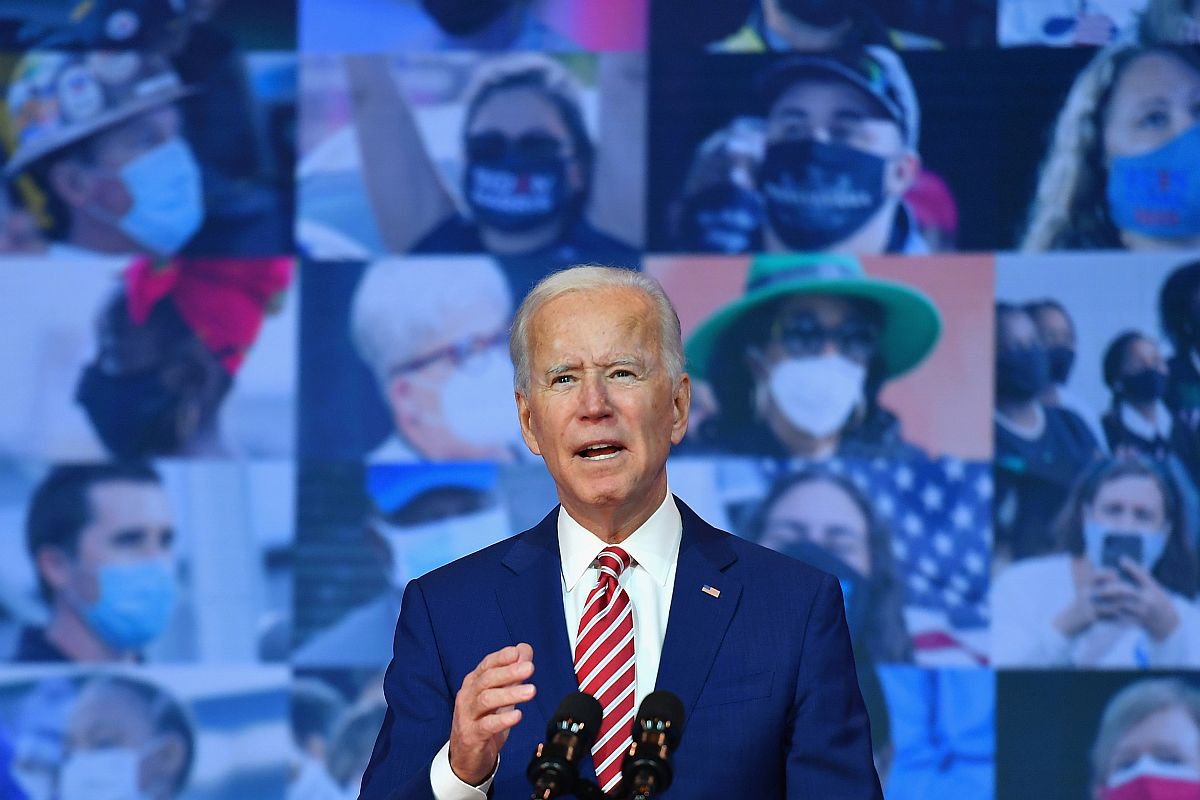
They’ve Taken the Package
The United States was the main country violating the embargo, but now a number of NATO countries are sending modern military equipment to “Independent Ukraine,” and this assortment of “gifts” has significantly grown.
Over the weekend, the first batch of weapons from an additional aid package approved by President Joe Biden arrived in Ukraine. According to various sources, a large Boeing 747 cargo plane delivered around 60 to 90 tons of munitions. Video taken of the loading showed at least 100 of the already familiar Javelin Anti-Tank Guided Missile Systems. This time, however, they were supplemented with SMAW-D “anti-bunker” grenade launchers designed to destroy field fortifications, along with light armored vehicles. On Sunday, the same plane took off from the United States with a new shipment.
This delivery is hardly remarkable, as the $200 million package that was approved in early January is not very big. Since 2014, the United States has provided military assistance in the form of $2.5 billion and aircraft from the United States Transportation Command that regularly lands in Kyiv. In the past year, the command has already delivered several shipments of Javelins.
But now London is actively involved in the process. Last week, the U.K. completed a delivery of around 2,000 NLAW anti-tank missiles. You can’t call them a “wonder weapon,” but these “smart” munitions that operate on the principle of “fire and forget” are stronger and much more effective than Soviet RPG-7 grenades or disposable grenade launchers currently available to Ukraine’s armed forces.
We are ready to deliver some of our Javelin stock to Kyiv and the Baltic states. The United States allowed the delivery of Stinger Man-Portable Air Defense Systems to Ukraine for the first time; this made Kyiv particularly happy. Everyone remembers how supplying Stingers to the Afghan mujahedeen created serious problems for Soviet aircraft 35 years ago.
You have to admit that the United States and its closest allies have chosen quite a reasonable strategy for the rapid build-up of Ukraine's military capability. Kyiv has not received the complex and expensive weapons systems it demanded, but instead it obtained modern high-tech infantry weapons that can be mastered and deployed much faster.
In order to learn how to operate and pilot even relatively uncomplicated F-16 fighters, it will take two to three years of training for pilots and ground personnel. The situation is only slightly better with heavy armored vehicles, which take at least a year to fully master. One can be fully trained on ATGMS and MANPADS in a month.
But there is another question. Is this enough? In a hypothetical confrontation with Russia, saturating the Ukrainian armed forces with infantry weapons will hardly affect the balance of power. In modern combat, such complex systems do not play a decisive role. In the confrontation between two regular armies, it is no longer the brand of anti-tank systems that is important, but rather the effectiveness of intelligence, communication and decision-making systems, as well as network centricity, and the possibility of hitting targets immediately after detection. Modern Russian aviation has already demonstrated in Syria that it operates at an altitude that its Stingers cannot reach.
It is more likely that the munitions are being sent not for direct confrontation with a stronger enemy, but for the organization of partisan and semi-partisan actions, which will allow small groups to inflict painful bites, hitting not only armored vehicles, but also supply convoys and trucks.
The United States has had success in providing similar support for allies in in Syria. The CIA and the Pentagon supplied "moderate" groups of religious extremists with the outdated, but still effective long-range anti-tank system TOW-2. With American help, it was possible to exhaust the government army and deprive it of its main supply of armored vehicles. Kyiv is now receiving both qualitatively and quantitatively more effective anti-tank systems.
Canada has also announced military assistance. A $120 million loan will provide new equipment to the territorial defense forces, equipment that Ukraine had crafted as plywood mock-ups of weapons and hunting carbines for submachine and machine guns.
The older European members of NATO, such as Germany, France and Italy, have not yet joined in pumping Kyiv up with weapons. Berlin still believes this will be counterproductive to a peaceful solution. But even without these countries, the resources from the United States, Great Britain, Canada, and Eastern Europe will be enough to quickly and significantly raise the technical level of the Ukrainian infantry.
It is impossible to disagree with the position of "old Europe." A dramatic change in the balance of power between Ukraine and the regions that broke away from it will definitely not make a diplomatic solution any more desirable. After all, the conditions of the Minsk agreements are considered to be humiliating and disadvantageous by many in the country's political establishment.
The powerful supply of modern weapons and the receipt of reliable guarantees from allies about introducing unprecedented sanctions in case Russia makes any attempt to intervene in the Ukrainian conflict may push Kyiv to intensify hostilities against Donbass. Such a situation can be prevented only by giving Ukraine the confidence to believe that, without the most decisive response from our country, there will be no attempt at military revenge.

